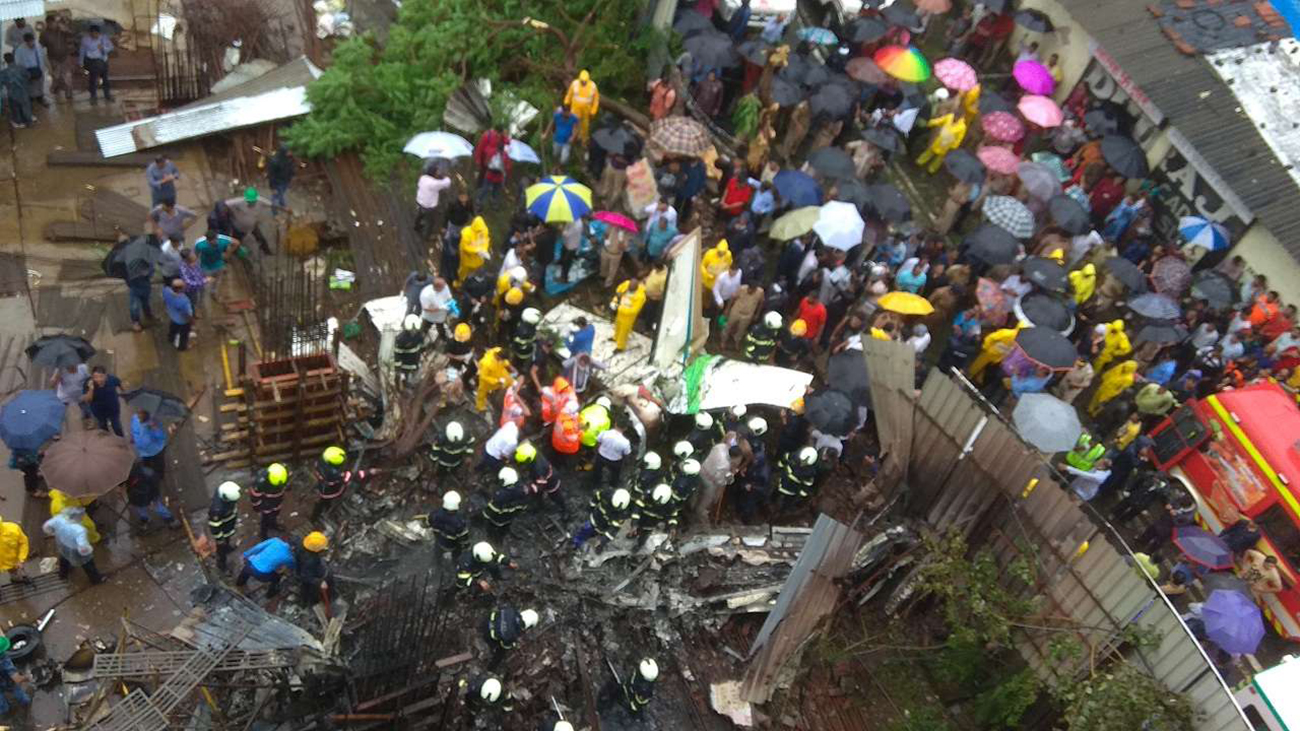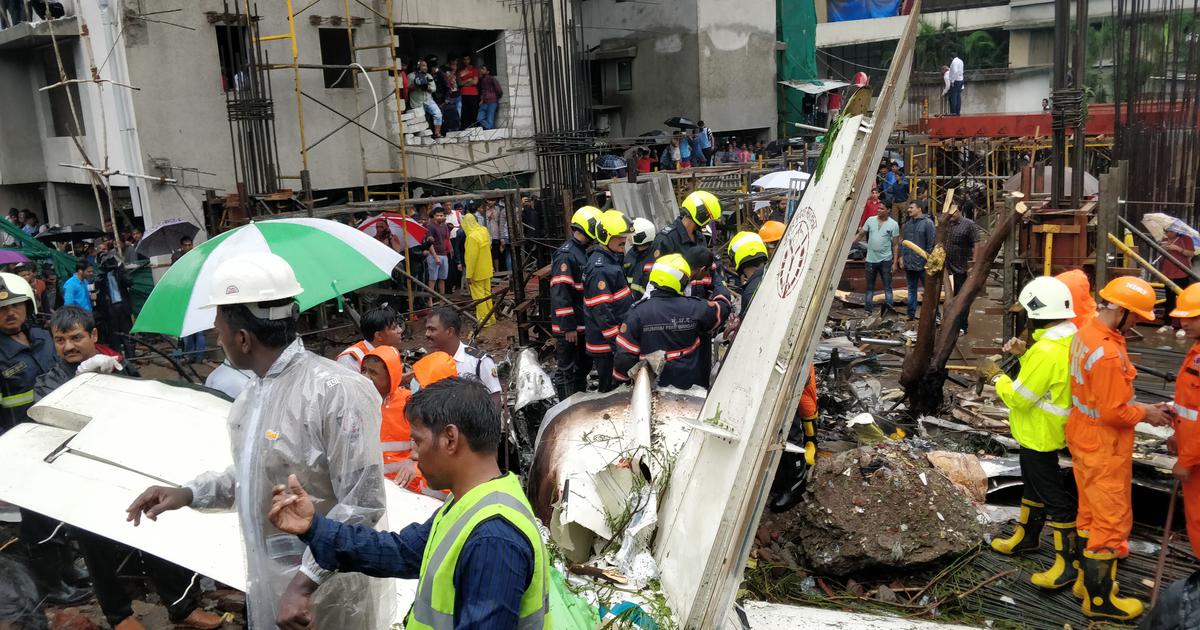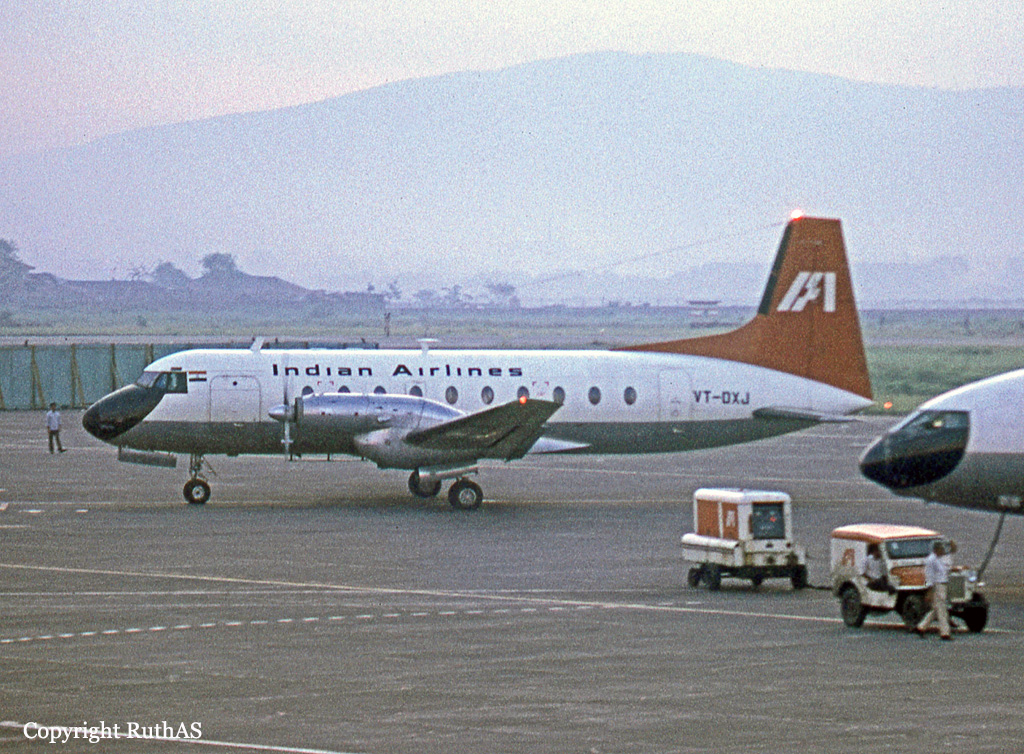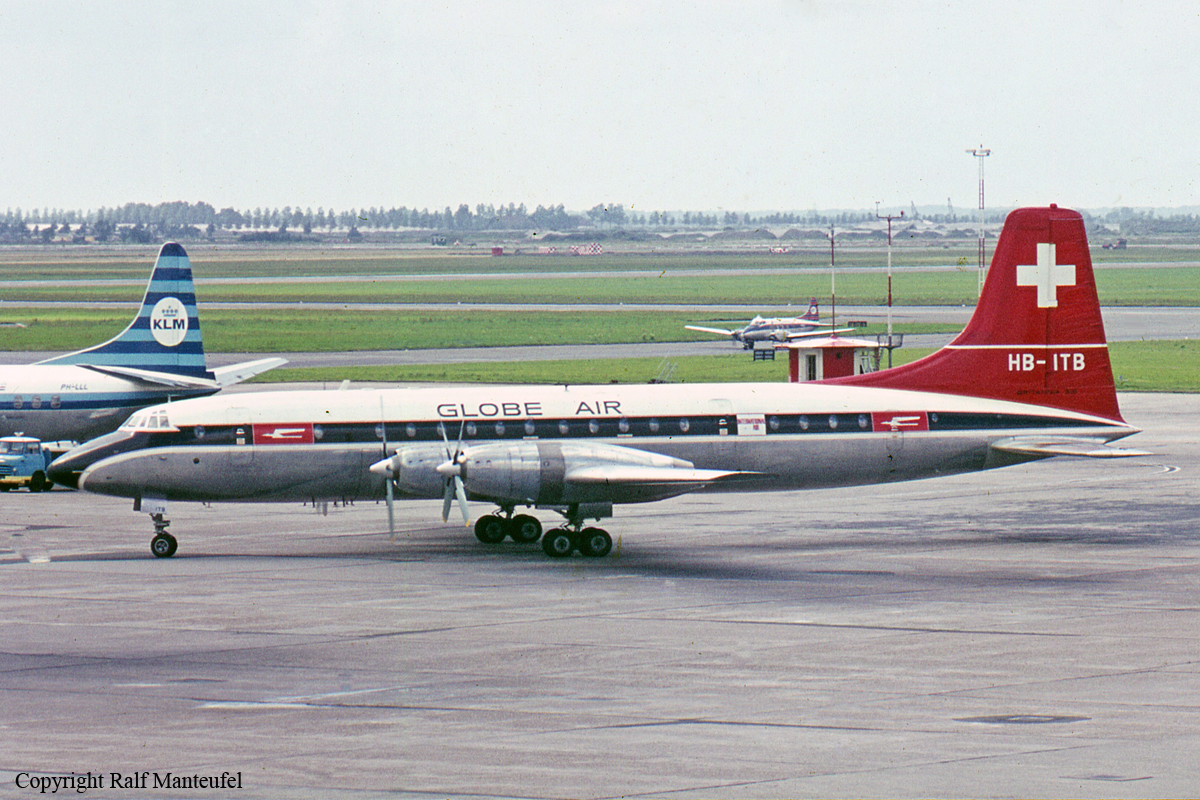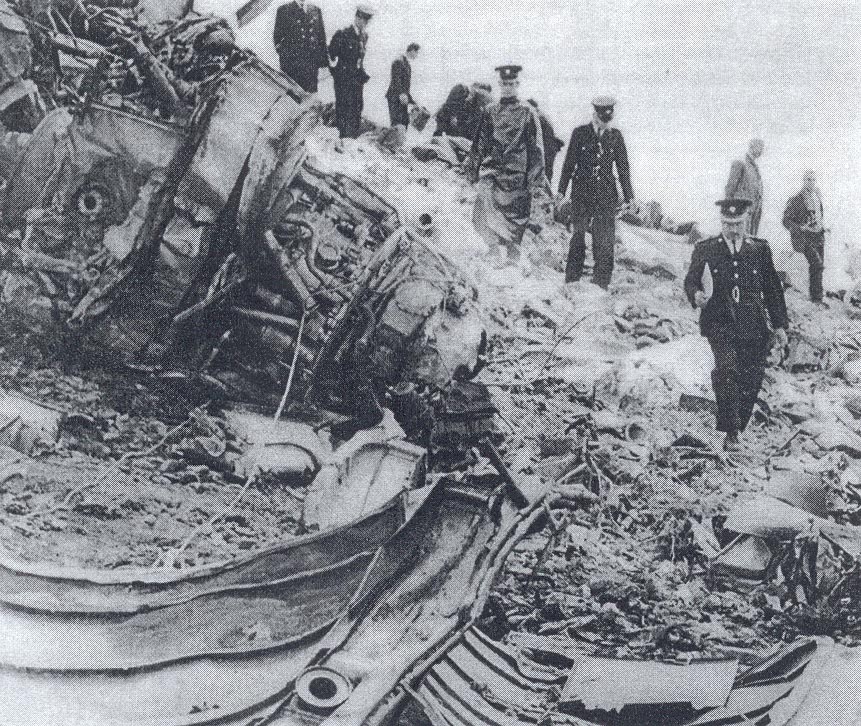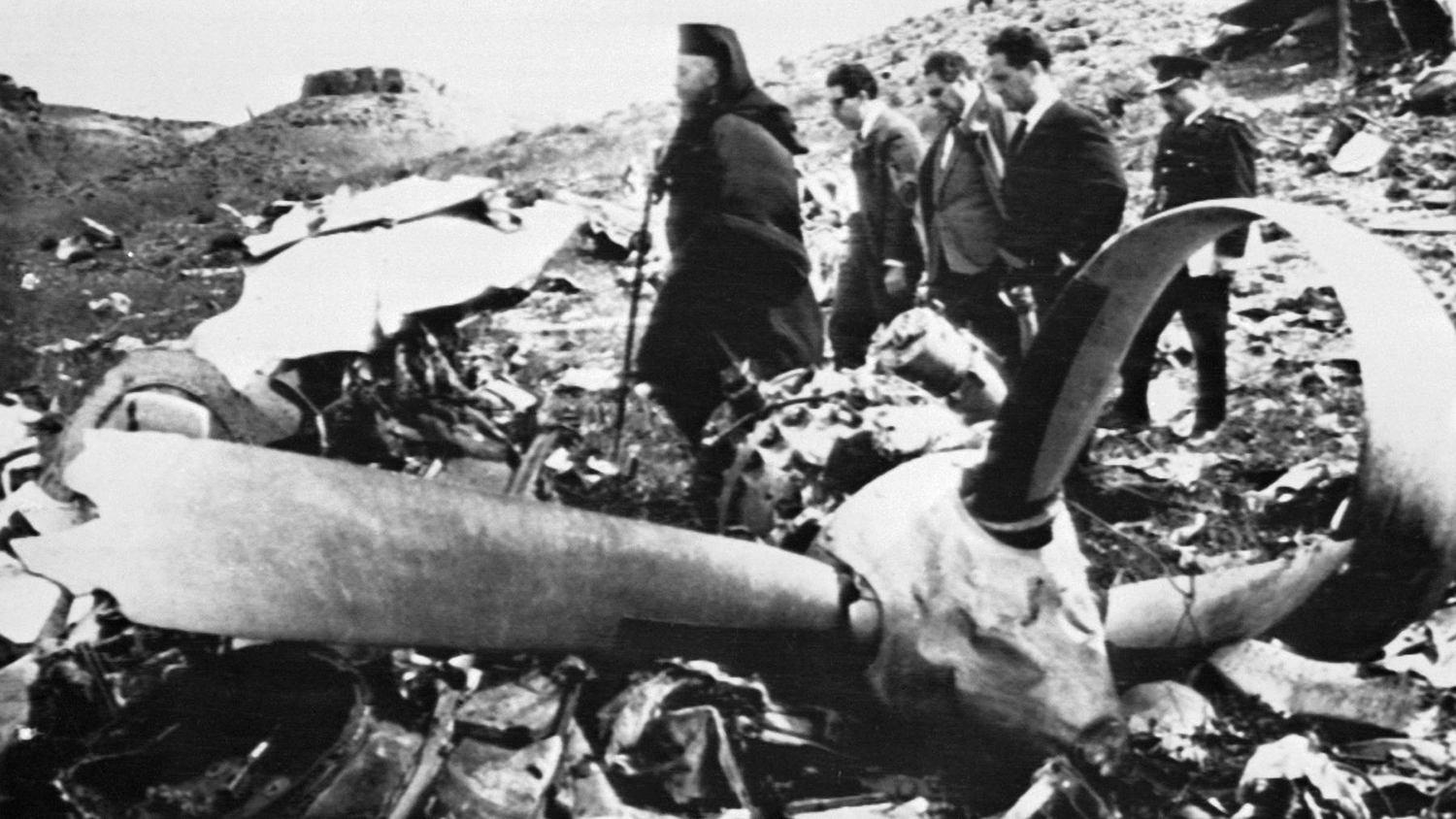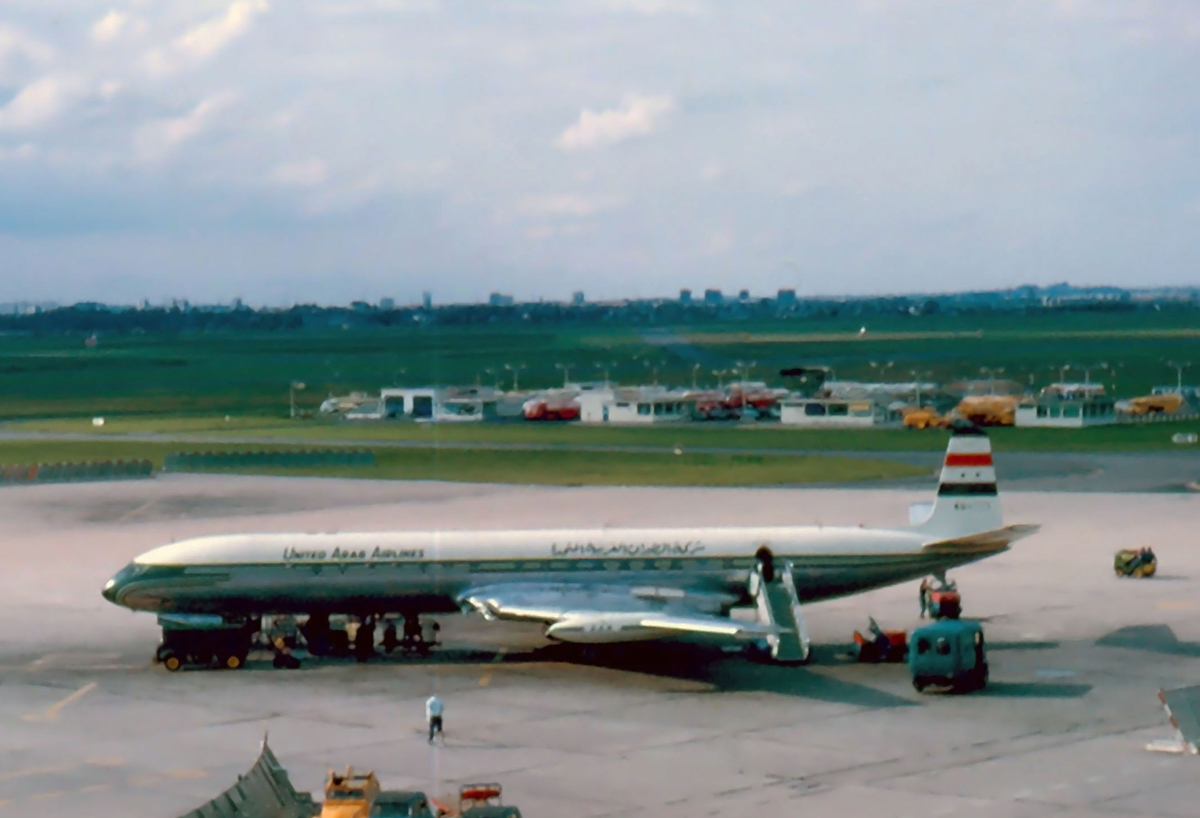Crash of a Beechcraft C90A King Air in Mumbai: 4 killed
Date & Time:
Jun 28, 2018 at 1310 LT
Registration:
VT-UPZ
Survivors:
No
Schedule:
Juhu - Juhu
MSN:
LJ-1400
YOM:
1995
Crew on board:
2
Crew fatalities:
Pax on board:
2
Pax fatalities:
Other fatalities:
Total fatalities:
4
Captain / Total hours on type:
100.00
Copilot / Total hours on type:
156
Aircraft flight hours:
4529
Aircraft flight cycles:
4213
Circumstances:
Following a technical maintenance, a test flight was scheduled with two engineers and two pilots. The twin engine airplane departed Mumbai-Juhu Airport and the crew completed several manoeuvre over the city before returning. On approach in heavy rain falls, the aircraft went out of control and crashed at the bottom of a building under construction located in the Ghatkopar West district, some 3 km east from Mumbai Intl Airport, bursting into flames. The aircraft was destroyed by impact forces and a post crash fire and all four occupants were killed. Three people on the ground were also injured.
Probable cause:
The probable cause of the accident was stall caused by lack of situational awareness due to spatial disorientation triggered by deteriorating weather, a transition from ILS (IMC) to visual flying (Partial VMC) and unexpected bank owing to differential engine power.
Final Report:

